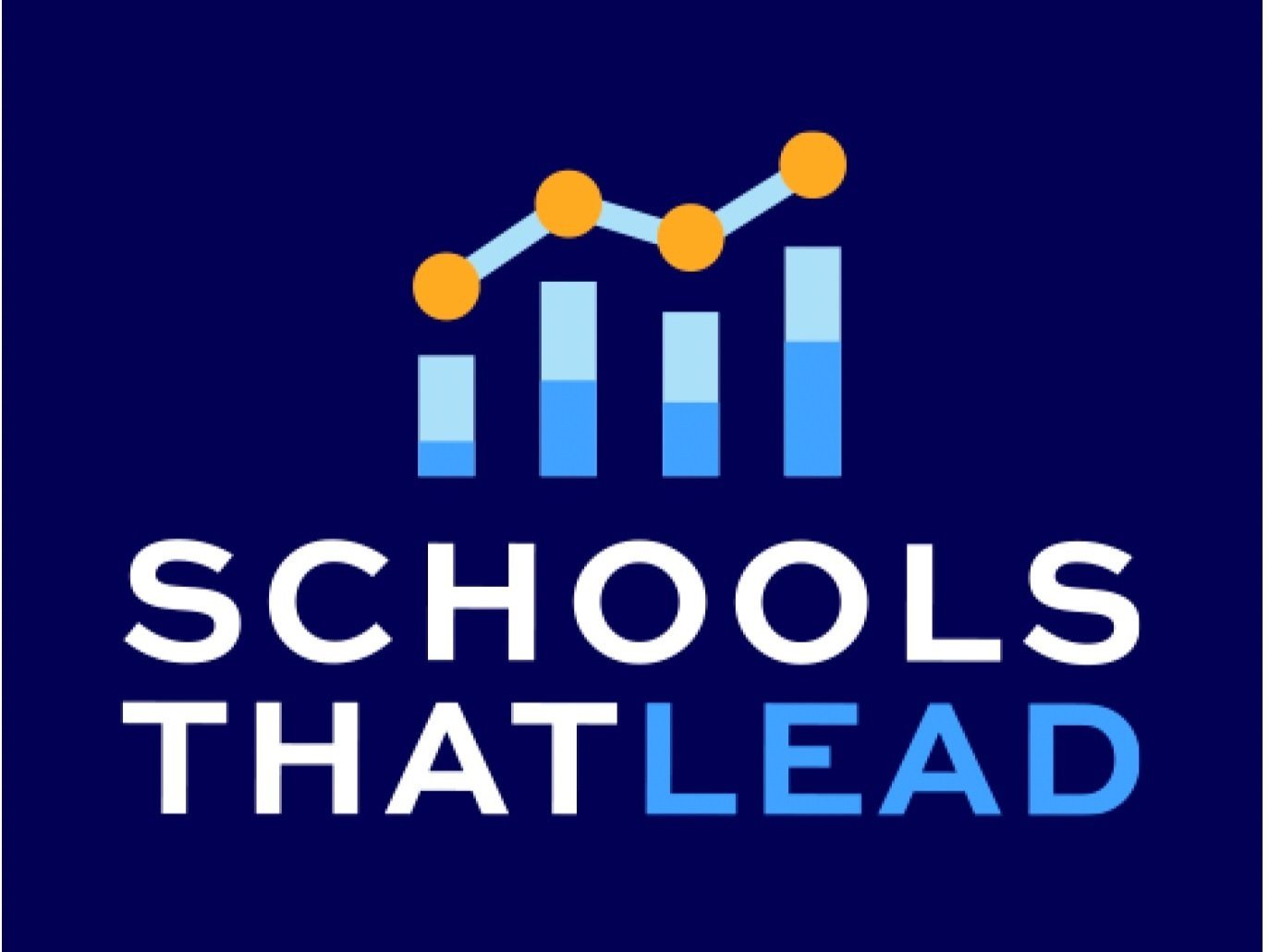The Pros and Cons of Standardized Testing
Standardized testing has long been a crucial part of the American education system.
It provides a uniform assessment of a students' knowledge retention, skills, abilities, and the fastest way to measure their progress throughout the curriculum.
However, there is disagreement over standardized test in regards to their impact on a student’s well-being and if they have become obsolete. We explain the key advantages and disadvantages of standardized testing.
What is Standardized Testing?
Standardized testing is an assessment method created on the principle of consistency. All elementary, middle school, and high school students are required to complete standardized tests, which consists of each student receiving the same set of questions, provide an answer (either written or multiple choice), which is then graded by a teacher based on a rubric or answer key.
Standardized tests also provide a source of data for educators to reference when developing a plan of action for school improvement.
Much like the approach taken in improvement science, quantitative data is then used to determine target improvement areas for a student/class.
The Benefits of Standard Testing
As more parents are opting out of standardized tests, the debate around their effectiveness continues. However, these tests still provide several valuable insights into student and school performance.
1. Tests Provide Guidance for Curriculum Planning
Standardized tests are aligned with grade-level curriculum standards, making them useful for shaping a comprehensive curriculum. By evaluating what the tests measure, educators can ensure students are learning what’s expected at each grade level.
2. Tests Help Schools Assess Overall Progress
Standardized test data allows schools to track their progress and make informed decisions for improvement. Without them, districts would have fewer tools to evaluate student achievement and address deficiencies. They also help identify whether student performance is trending up or down, aiding in deeper analysis of the reasons behind it.
3. Tests reduce Subjective Grading Practices
These assessments offer clear right and wrong answers, minimizing subjectivity in grading. Although they may oversimplify student knowledge, they help identify fundamental gaps in understanding that can be addressed.
4. Standardized Tests Highlight Areas for Improvement
By analyzing test results, districts can pinpoint subjects where students struggle, such as reading or math. This data can guide the allocation of resources and support to improve educational outcomes.
The Disadvantages of Standardized Testing
While standardized testing offers a range of benefits, it also has some major drawbacks. The disadvantages of standardized testing not only obstructs the potential success of a school improvement plan, but goes against several key aspects of improvement science.
1. Teaching to the Test
The biggest criticism of standardized testing is that it takes the personalization out of student’s education by instead "teaching to the test." Where the teacher is focused on test preparation rather than the general education of a student. This denies students the opportunity to use their critical thinking skills and denies creativity.
Standardized testing is also not evenly distributed across the country. A 2014 study by the Center for American Progress found that schools in urban areas tested students twice as often as schools in suburban areas.
Improvement science brings a balanced approach to education, whereby many sources of data inform the school's improvement plan. Over-reliance on standardized test data can result in a narrow focus on test scores and, therefore, a potential cut of broader educational goals. That counter would have schools include qualitative measures of student learning and well-being in plans for improvement, having schools ensure a more holistic approach to education.
2. Stress and Anxiety for Students
Standardized tests can cause high level of anxiety and stress in students, which negatively impacts their mental health, development, and impaires academic performance. Stress is especially high for students who really struggle with taking tests as well for ambitious students who want a high grade.
The stress and anxiety associated with taking tests is a result of how frequently students take them. A 2015 study by Council of the Great City Schools found that the average student in the US takes 112 standardized tests, with many students taking far more than that over the course of their education.
Improvement science teaches educators that the well-being of students must be central to any school improvement plan. Test data should be used as one tool, among many, for assessing student performance-not as the definitive measure of a student’s progress. By moving toward a more holistic model of education, some of the stress associated with standardized testing can be vastly reduced, and ultimately benefit the mental and emotional welfare of students.
3. Narrow Assessment
Standardized tests are focused on essential subjects like math and English, which relegates other subjects like art, music, and P.E. to be deemed less essential.For this reason, the scope of education becomes limited only to some topics, and test results alone cannot represent the whole potential and capability of a student.
Improvement science, therefore, encourages the use of multiple sources of data in order to better inform school improvement plans. Therefore, schools should consider multiple forms of assessment, such as project-based learning and portfolio reviews, among other qualitative assessment tools. This expanded approach will guarantee consideration of all dimensions of student learning and present an accurate portrait of student achievement.
Final Thoughts
While standardized testing plays a significant role in evaluating student performance and providing data for school improvement, it is not without its drawbacks. The benefits of receiving consistent measures of academic progress and identifying areas for improvement are clear, but these come at the cost of stress and anxiety for students, narrowed curriculums, and an overemphasis on test preparation. A balanced approach that incorporates multiple assessment methods alongside standardized tests can help create a more comprehensive and less stressful educational experience, ultimately benefiting both student development and overall school success.
Learn how Schools That Lead helped North Carolina education leaders create their own strategies for managing the students in their care and improving student outcomes, such as a greater decline in chronic student absences than the state average.
FAQ
-
Standardized testing is a way to check what students know by giving them all the same questions. It’s used in elementary, middle, and high schools to measure students’ knowledge, whether through written answers or multiple-choice. The tests are graded the same way for everyone to keep it fair.
-
Schools use standardized testing to provide a uniform way of measuring students’ knowledge and skills. The data from these tests help educators develop improvement plans, track progress, and make informed decisions for curriculum planning and resource allocation. Utilizing Improvement Science Tools, educators can enhance how they interpret test data, ensuring more accurate assessments that lead to actionable strategies for school improvement.
-
Standardized tests help schools organize their lessons, track their progress, make grading fairer, and show areas where students need extra help.
-
One downside is that teachers might focus too much on test prep, which can limit creativity and problem-solving. It can also create stress for students. Plus, these tests usually focus only on subjects like math and English, leaving out things like art, music, and PE.
-
Yes, they usually focus on subjects like math and English, which can sometimes mean that other subjects like art, music, and physical education don’t get as much attention in school.


